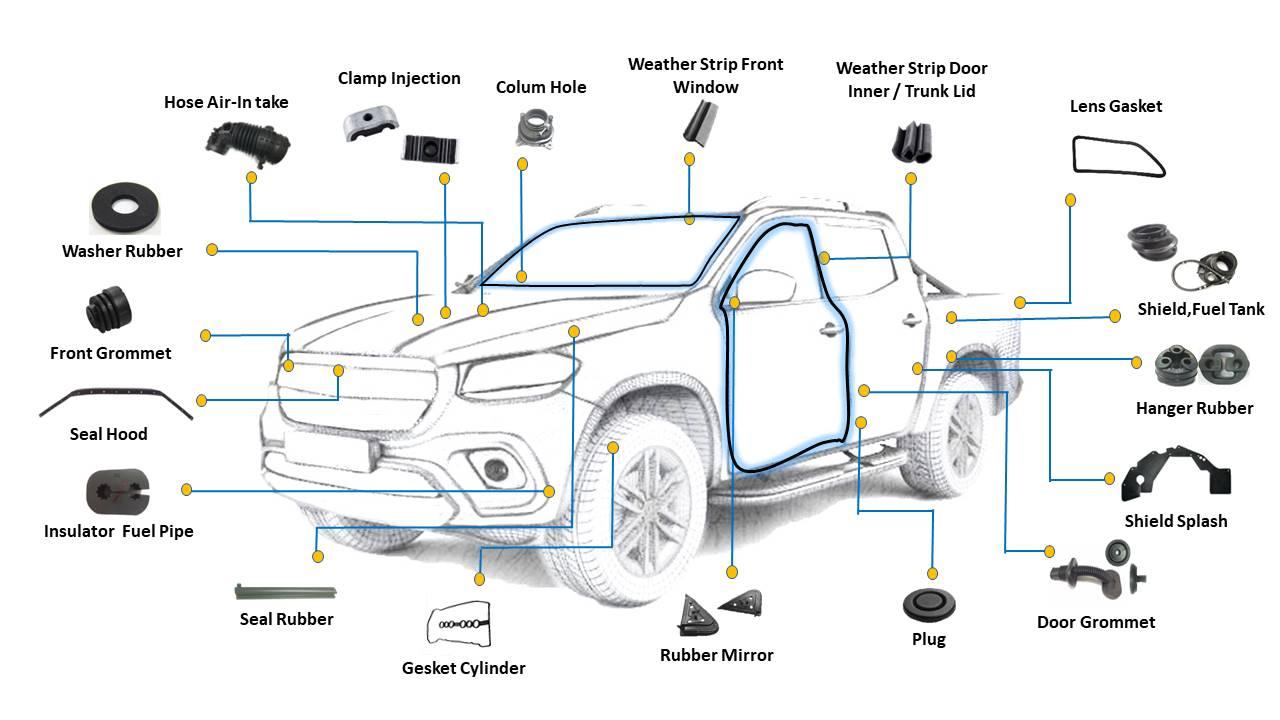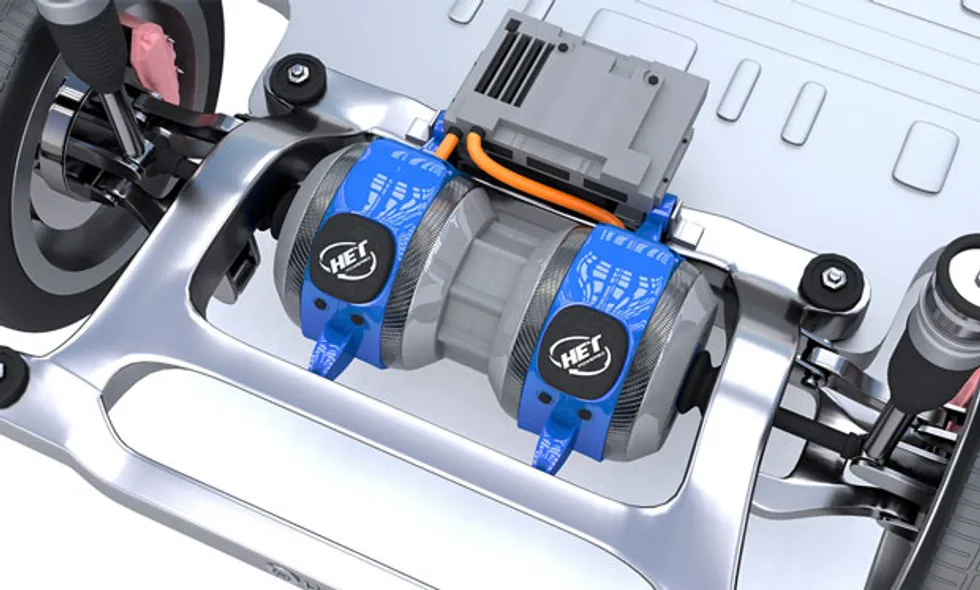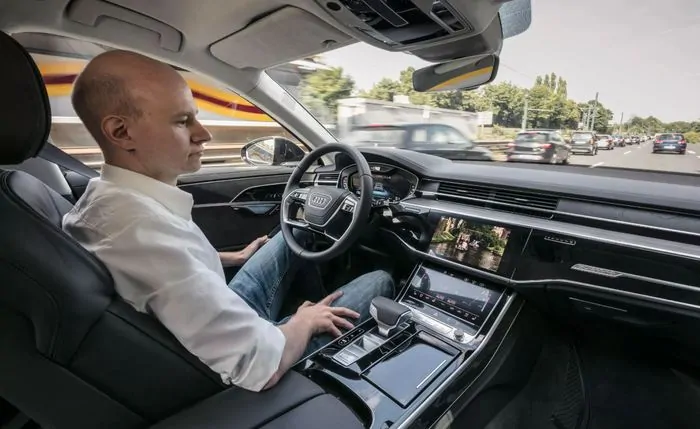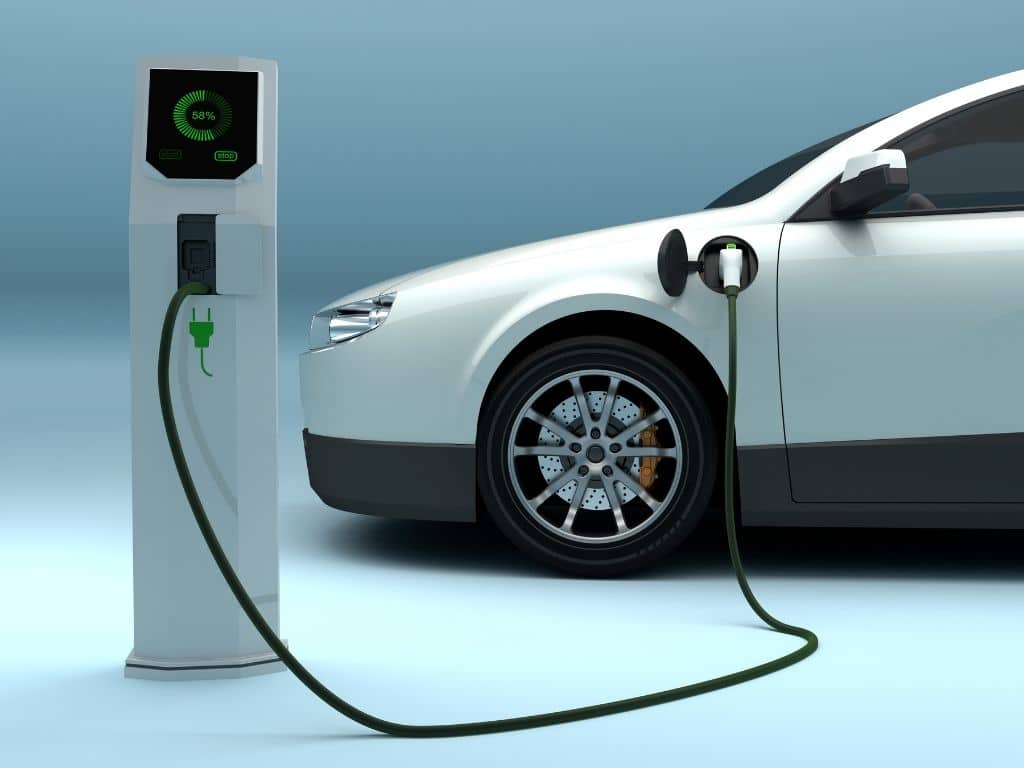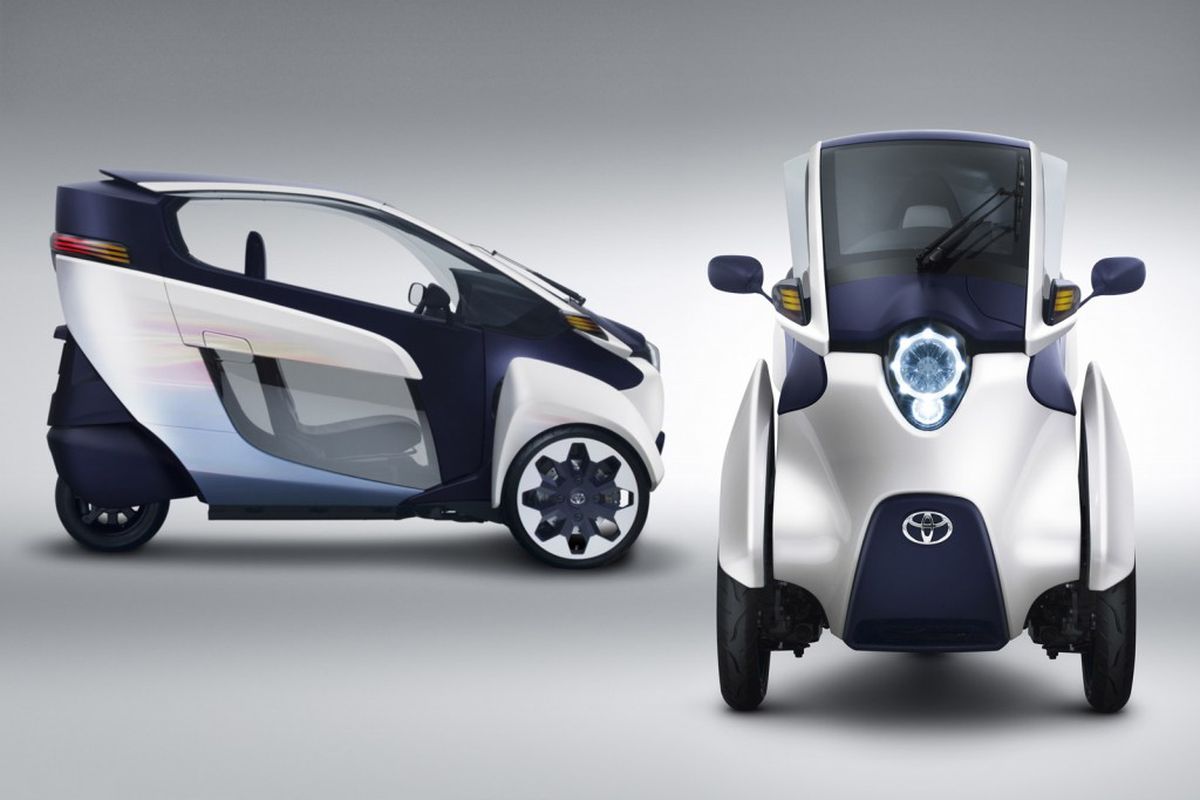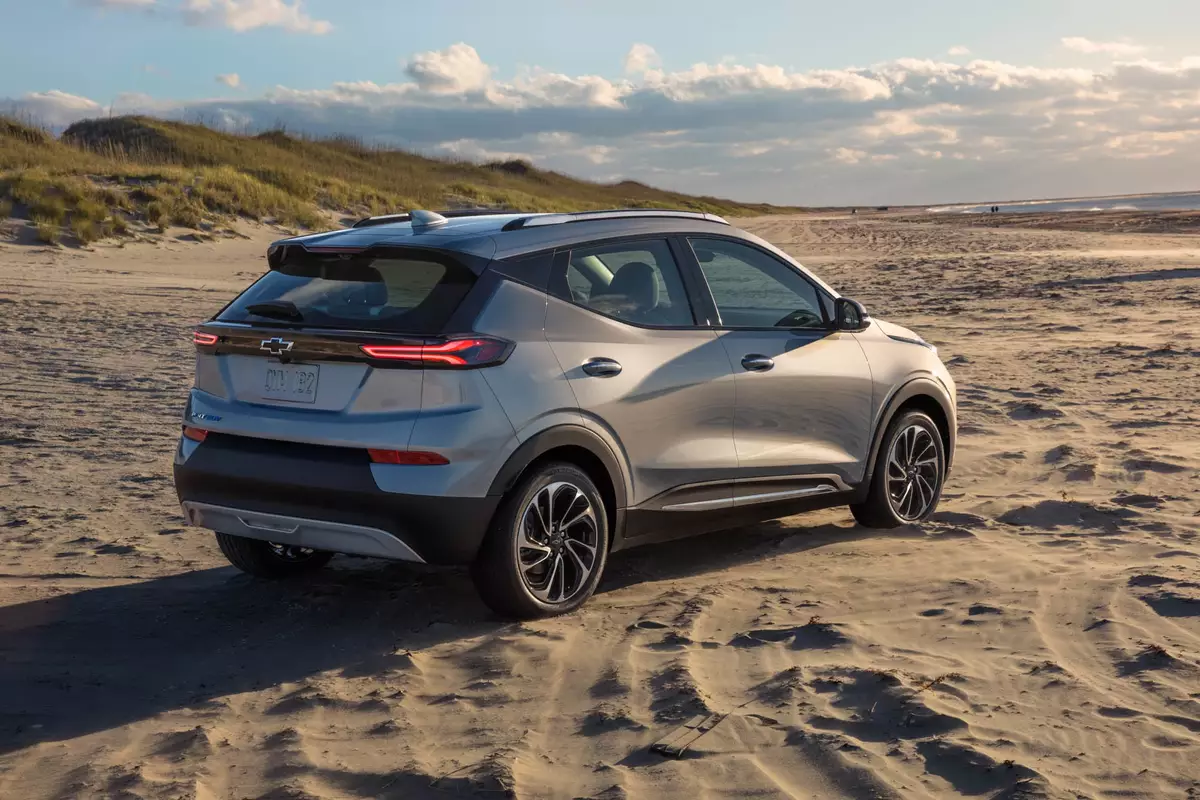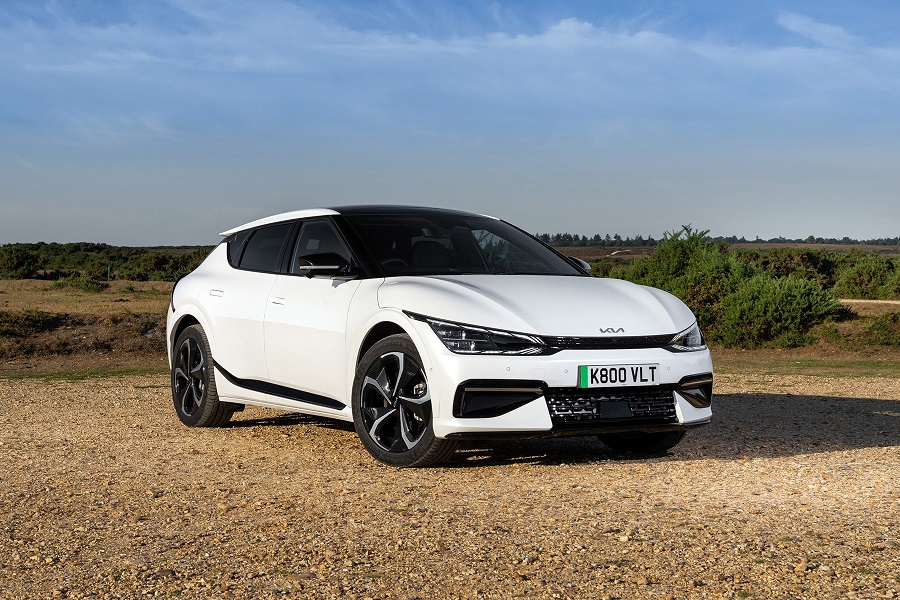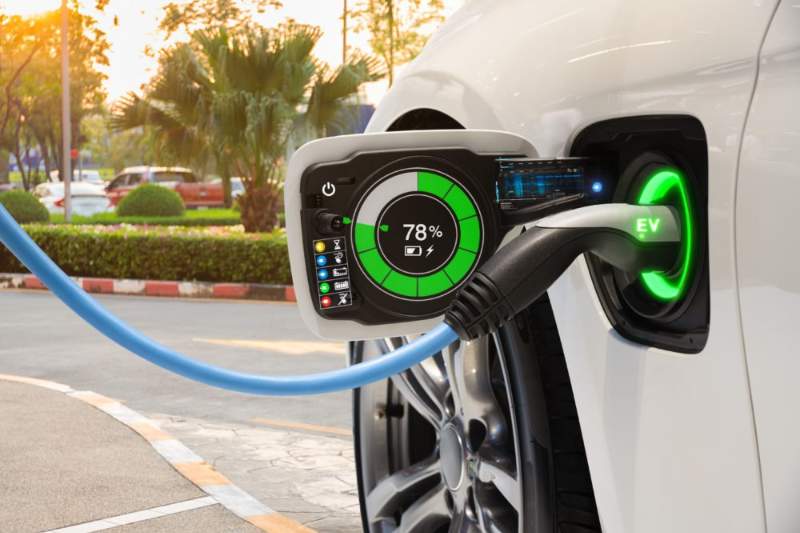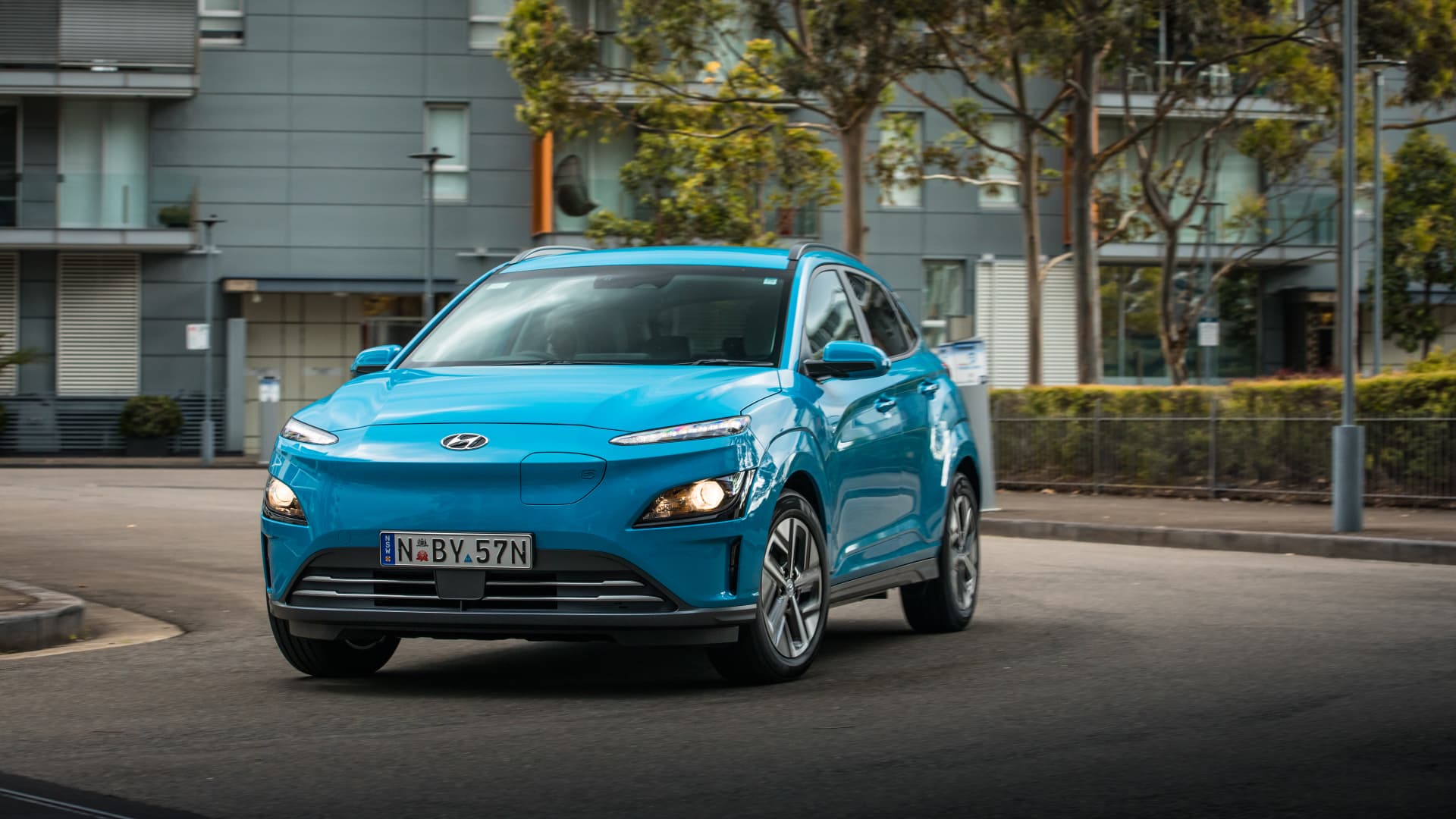The electric vehicle (EV) industry is experiencing unprecedented growth, with major automakers investing heavily in the development and production of EVs. This growth has led to a surge in demand for electric car parts, creating a thriving market for manufacturers of these essential components. In this article, we will explore the top electric car parts manufacturers, highlighting their key products and contributions to the EV industry.
The Rise of Electric Car Parts Manufacturers
The rise of EVs has created a new landscape for the automotive industry, with traditional car part suppliers having to adapt to the unique requirements of electric vehicles. This has led to the emergence of a new breed of electric car parts manufacturers, specializing in the production of components such as batteries, electric motors, and power electronics.
Read too: Exploring the Future of Sustainable Mobility with the New Golf Electric Car: A Comprehensive Review
Key Electric Car Parts Manufacturers
1. Tesla:
Tesla is a leading manufacturer of EVs and a major player in the electric car parts market. The company produces a wide range of EV components, including batteries, electric motors, and power electronics. Tesla’s in-house production capabilities give it a significant advantage in terms of cost and quality control.
2. Panasonic:
Panasonic is a major supplier of EV batteries to Tesla and other automakers. The company has a long history of battery manufacturing and is known for its high-quality products. Panasonic is also investing in the development of next-generation EV batteries with improved performance and range.
3. LG Chem:
LG Chem is another major player in the EV battery market. The company supplies batteries to a number of automakers, including Hyundai, Kia, and General Motors. LG Chem is known for its innovative battery technologies, such as its pouch-type cells, which offer improved energy density and safety.
4. Bosch:
Bosch is a leading supplier of automotive components, including electric car parts. The company produces a wide range of EV components, such as electric motors, power electronics, and driver assistance systems. Bosch is known for its advanced technology and its commitment to sustainability.
5. Continental:
Continental is another major supplier of automotive components, including electric car parts. The company produces a wide range of EV components, such as tires, brakes, and sensors. Continental is known for its high-quality products and its commitment to innovation.
The Future of Electric Car Parts Manufacturing
The electric car parts manufacturing industry is poised for continued growth in the coming years. As the demand for EVs continues to rise, manufacturers will need to invest in new technologies and production capacity to meet the demand. The industry is also expected to see increased consolidation, as larger players acquire smaller companies to gain access to new technologies and expertise.
Conclusion
The electric car parts manufacturing industry is a dynamic and rapidly growing sector that is playing a vital role in the transition to a sustainable transportation future. The top electric car parts manufacturers are at the forefront of this innovation, developing and producing the cutting-edge components that are powering the next generation of EVs.
